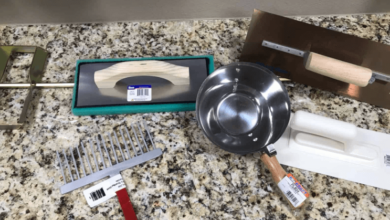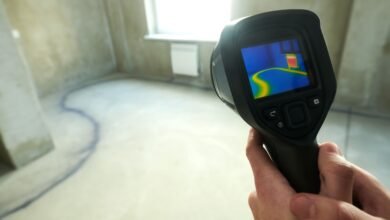Steps to Take After Discovering Water Damage

Discovering water damage in your home can be a stressful experience, but by hiring Rapid Restoration, you can minimize the impact and restore your home to its pre-damage condition. Prompt action can help minimize the extent of the damage, reduce the risk of mold growth, and protect the structural integrity of your home. In this article, we’ll outline the key steps to take after discovering water damage, including the importance of stone care and water damage clean-up services.
Identify the Source of the Water Damage
The first step in addressing water damage is to identify the source of the problem. This may involve inspecting plumbing, checking for leaks, or examining the exterior of your home for any signs of water intrusion. Determining the root cause of the water damage is crucial, as it will inform the appropriate course of action.
Stone Care
While not directly related to the steps to take after discovering water damage, stone care is an important consideration for homeowners who have natural stone surfaces, such as countertops, floors, or walls, that may have been affected by the water damage. Proper stone care, including cleaning, sealing, and restoration, can help prevent further damage and maintain the beauty and integrity of these surfaces.
Stop the Water Flow
Once you’ve identified the source of the water damage, the next step is to stop the flow of water. This may involve shutting off the main water supply, repairing a leaking pipe, or addressing any other source of the water intrusion. Stopping the water flow is essential to prevent further damage and allow for the drying and restoration process to begin.
Water Damage Clean Up
The water damage clean up refers to the process of removing standing water, drying out affected areas, and addressing any resulting damage or contamination. This is a critical step in the water damage restoration process, as it helps prevent the growth of mold and other harmful microorganisms, and prepares the affected areas for repair and restoration.
Document the Damage
Before beginning the clean-up and restoration process, it’s important to thoroughly document the extent of the water damage. Take photographs and make detailed notes of the affected areas, the source of the water, and any visible damage. This documentation can be valuable for insurance claims and to ensure that the restoration process is comprehensive.
Initiate Water Damage Clean-Up
Once the water flow has been stopped and the damage has been documented, it’s time to begin the water damage clean-up process. This may involve the use of specialized equipment, such as dehumidifiers, air movers, and water extraction tools, to remove standing water and dry out the affected areas. It’s important to work quickly, as mold can begin to grow within 24-48 hours of water exposure.
Conclusion
Discovering water damage in your home can be a stressful experience, but by taking the right steps, you can minimize the impact and restore your home to its pre-damage condition. From identifying the source of the water damage and stopping the water flow to initiating the clean-up process and addressing any necessary repairs, each step is crucial in the overall restoration effort.





